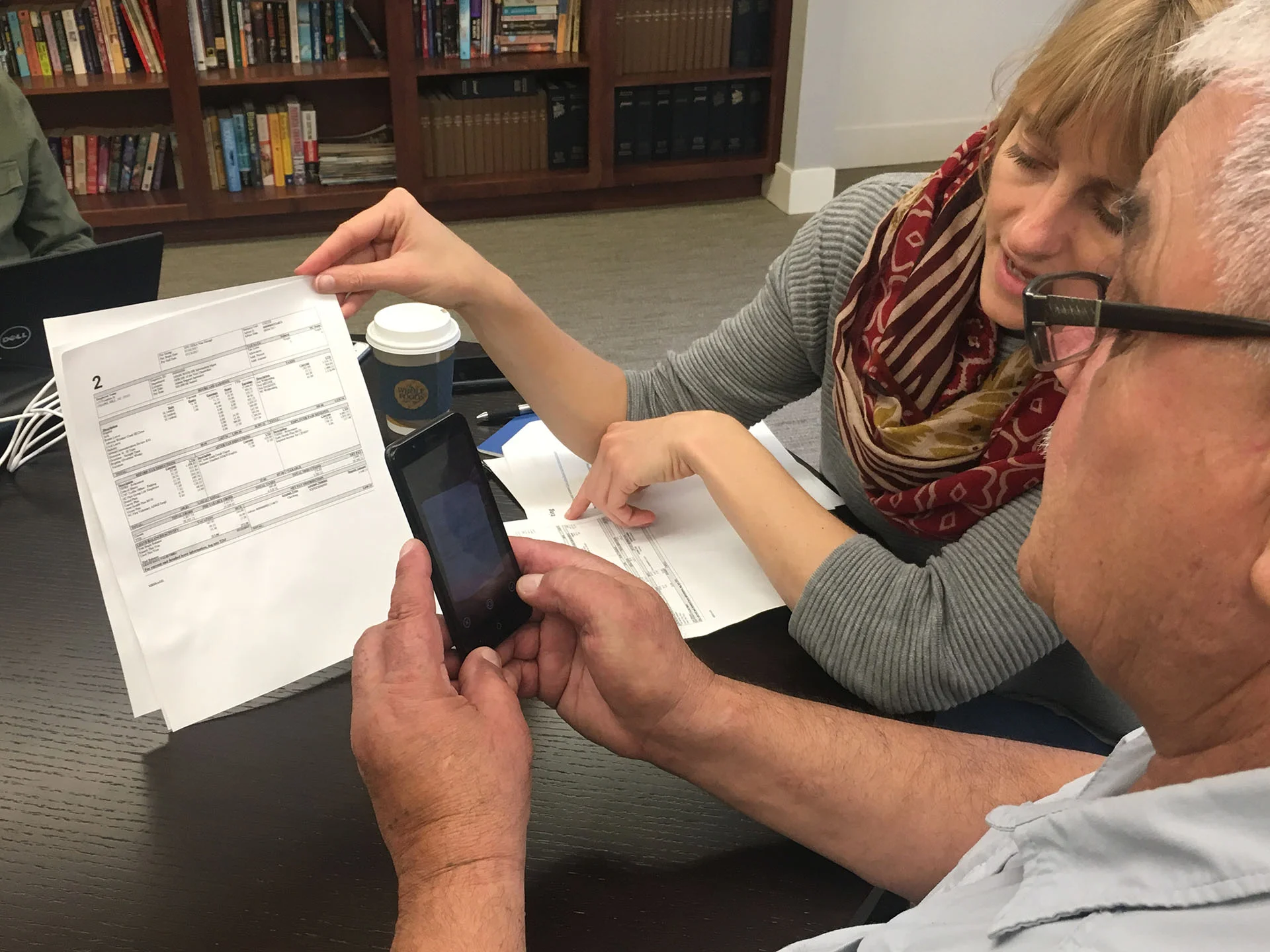
the challenge
The federal Housing Choice Voucher program (also known as Section 8) helps very low-income families, people with disabilities, and the elderly gain access to decent housing each year. The system is also confusing and time-intensive, causing stress for tenants and an overwhelming number of phone calls to housing specialists.
Our task was to build a digital tool to help the Santa Clara County Housing Authority better serve their community, while reducing stress and unnecessary burdens on both tenants and staff.
my role
Design lead: research, service design, product design. Early concepts to post-launch iterations.
Project status
Phase I launched in 2019. Phase II to launch in Fall 2020
OUR PROCESS
We started by collaborating with Housing Authority staff to map complicated processes and make sense of government regulations and lingo. We then worked with tenants to understand their housing needs and relationship with the voucher system, and to figure out how to simplify and translate what we had learned.
We also took care to listen and respond to housing specialist’s fears over automation and resistance to new tools. A highly iterative process led us to a simple system that integrates into the specialists’ existing workflows without the need for a new interface.
THE PRODUCT
The Tenant App focuses on the simplest yet most common interactions between people and the housing authority—enabling tenants to securely submit household changes and upload documents from home. Jargon is replaced by plain language, and each step is simple enough for people to understand and navigate without help. The service also offers tenants’ peace of mind through increased transparency into previously opaque processes and timelines.
By utilizing this system, housing specialists are able to reduce mundane tasks and dedicate more time to the situations that require their expert attention.
RESULTS + REFLECTION
Even before COVID-19, the number of in-person visits and phone calls had dropped significantly as thousands of tenants now handle their voucher-related business from home. Additionally, there is strong interest in expanding the service to housing authorities across the state.
There were also lessons learned. We dedicated so much time to systems and simplification that visual design became an afterthought. We also encountered challenges with roll-out, especially because union regulations made it nearly impossible for us to collaborate closely with housing specialists. In the future, we need to advocate harder for frontline staff to play active roles on the product team. Finally, as un-sexy as government work may appear… it’s impactful and completely worth it!


